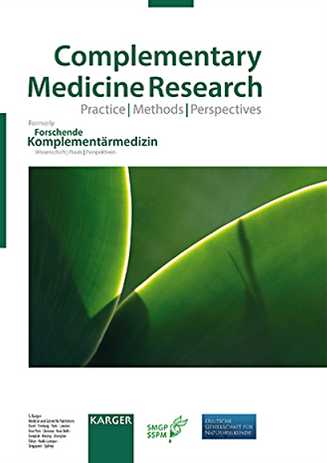 Amyotrophic lateral sclerosis (ALS), also known as Lou Gehrig’s disease, is a progressive and fatal neurodegenerative disease that causes selective motor neuron death. Mercury toxicity has been suggested as a possible risk factor for ALS and other neurodegenerative disorders.
Amyotrophic lateral sclerosis (ALS), also known as Lou Gehrig’s disease, is a progressive and fatal neurodegenerative disease that causes selective motor neuron death. Mercury toxicity has been suggested as a possible risk factor for ALS and other neurodegenerative disorders.
Three of the members of the CONEM Germany Environmental Health and Safety Research Group published this case report recently in the peer-reviewed journal Complementary Medicine Research.
Inge Mangelsdorf, Harald Walach, and Joachim Mutter
Healing of Amyotrophic Lateral Sclerosis: A Case Report
Complement Med Res 2017; 24(3): 175-181
ABSTRACT
Background: Amyotrophic lateral sclerosis (ALS) is a devastating disease leading to death within 3–5 years in most cases. New approaches to treating this disease are needed. Here, we report a successful therapy.
Case Report: In a 49-year-old male patient suffering from muscle weakness and fasciculations, progressive muscular atrophy, a variant of ALS, was diagnosed after extensive examinations ruling out other diseases. Due to supposed mercury exposure from residual amalgam, the patient’s teeth were restored. Then, the patient received sodium 2,3-dimercaptopropanesulfate (DMPS; overall 86 × 250 mg in 3 years) in combination with α-lipoic acid and followed by selenium. In addition, he took vitamins and micronutrients and kept a vegetarian diet. The excretion of metals was monitored in the urine. The success of the therapy was followed by scoring muscle weakness and fasciculations and finally by electromyography (EMG) of the affected muscles. First improvements occurred after the dental restorations. Two months after starting therapy with DMPS, the mercury level in the urine was increased (248.4 µg/g creatinine). After 1.5 years, EMG confirmed the absence of typical signs of ALS. In the course of 3 years, the patient recovered completely.
Conclusions: The therapy described here is a promising approach to treating some kinds of motor neuron disease and merits further evaluation in rigorous trials.